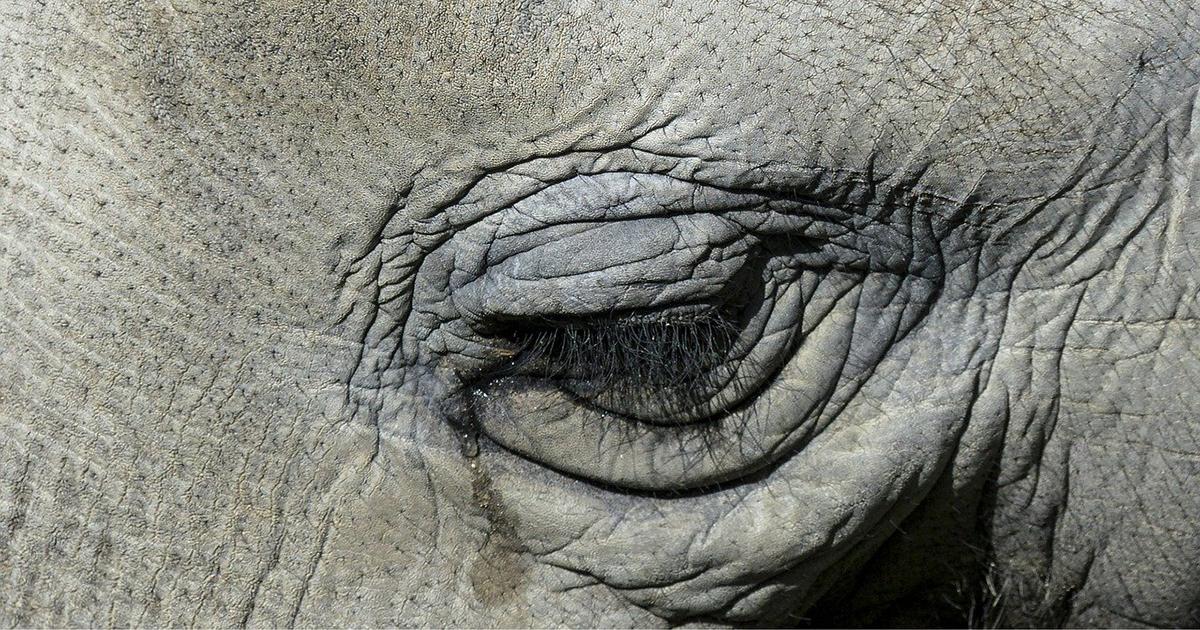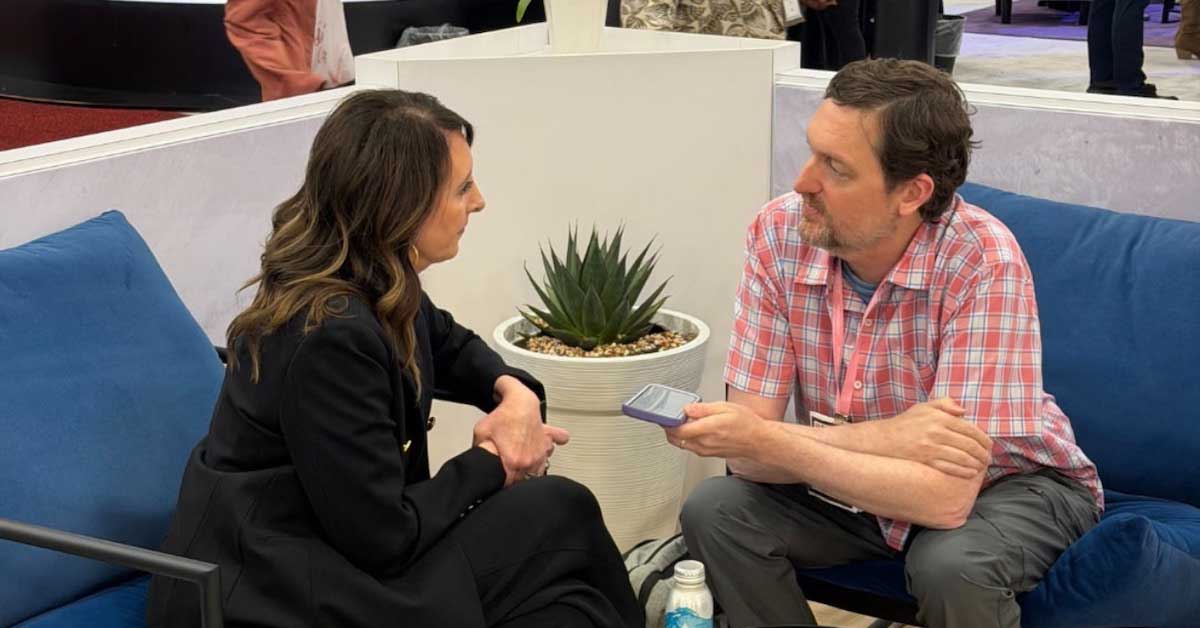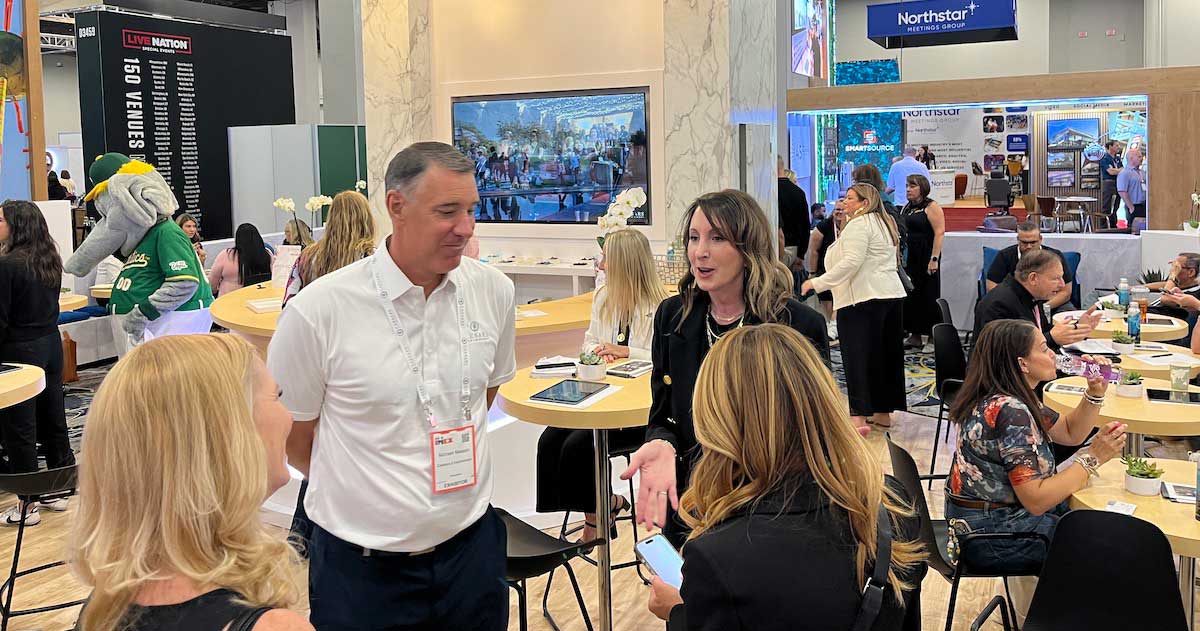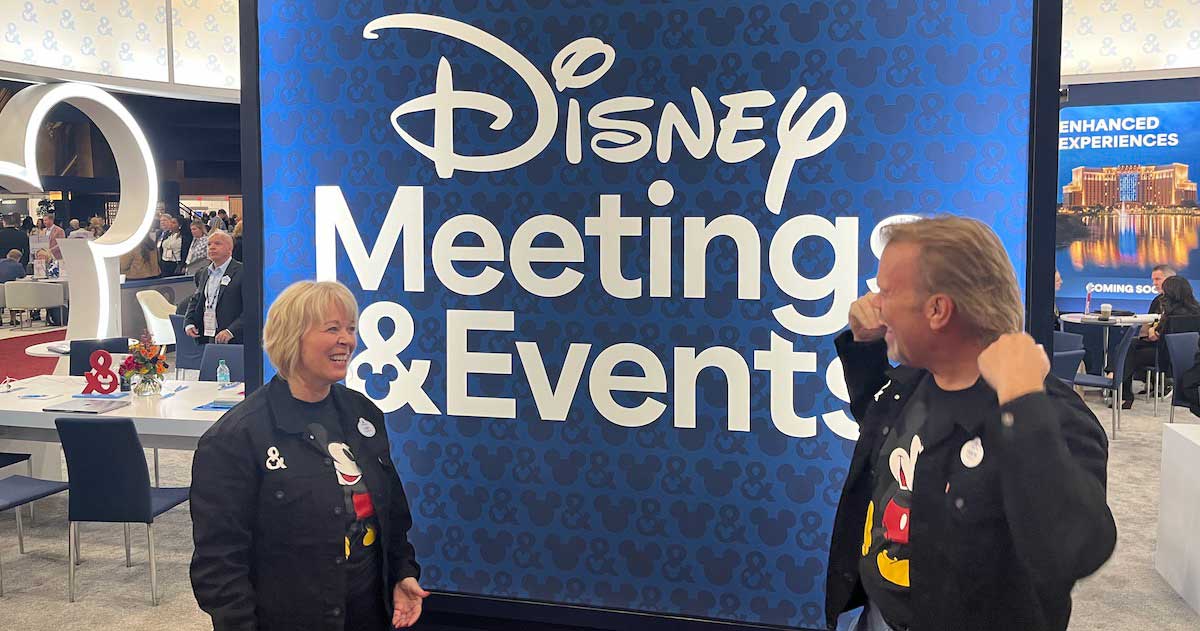For all its devastation and disruption, COVID-19 could be the catalyst that brings the dark world of trafficking and its shadowy offshoots into the light.
In the wake of a world brought to its knees by a virus that is slightly larger than an atom, visions of exotic, tucked away markets in faraway lands have somehow lost their luster. The novel coronavirus has turned the daydream, or perhaps memory, of perusing international markets for fast and furious finds into a bad dream. But fear not, not all markets are created equal.
The majority of wet markets around the world, for example, are akin to what Americans would refer to as local, public and farmers markets. In short, they are legal markets that sell perishable goods. Wet markets do not traditionally sell live animals, wildlife or their parts—in fact, the majority of them don’t—and they certainly don’t double-deal in viruses. Likewise, many of them are not even entirely “wet,” but a mix of perishable and dry goods. Affluent travelers have likely strolled through such markets under another name oblivious to the doomsday chagrin they now carry; places where a destination’s way of life permeates the senses through local delicacies, artistry and craftsmanship. And they did so without contracting anything more than a fond memory and keepsake.
And then there are wildlife markets. The COVID-19 outbreak has blown a rain cloud over the proverbial wet market and its spirit of adventure, with cascades of unsettling images from scarcely regulated wildlife markets that I’m sure most of us wish we could unsee. It’s not the first time that a global pandemic has been linked to a wildlife market, sparking debates over the subjectivity of legality and regulation, but it is the first time that a clear connection between human health, wildlife trade and other forms of trafficking has been recognized and taken seriously enough to warrant positive social change around the world.
COVID: The Catalyst
Wildlife trafficking is a more than $10 billion industry that trails just behind drugs and weapons as the world’s most profitable contraband. This trafficking has been linked to the decline of more than 50 percent of global wildlife populations since 1970, making it the second largest threat to the survival of the world’s most threatened species, behind habitat destruction.
Wildlife trafficking is also frequently connected to the same cartels and travel routes of drugs, weapons and trafficked humans, and recently discovered, that of global terrorist networks. “It’s therefore possible,” says Afsoon Namini, director of the World Wildlife Fund (WWF) private sector engagement team, “to catch other types of illegal trade in the process of wildlife trafficking.”
Identifying Gateways
It may come as a shock to some that the U.S. is actually one of the top destinations for wildlife trafficking, which the U.S. Department of Justice goes so far as to call “a threat to governance and the foundation of liberty, safety and prosperity,” or the rule of law. Human trafficking, meanwhile, is the second largest criminal activity in the world, and in the US, all 50 states have reported cases.
Both tourism and hospitality industries are also gateways by default for wildlife and human trafficking, and consequently, in a prime position to lead the charge against it. Whether “hyperlocal” markets, black market souvenirs at port, “exotic” F&B, event merchandise, wellness infusions and live animal interactions in event programs, or the smuggling of animals or humans across destinations, hotels and airlines, the touch points for potential trafficking and exploitation are plentiful.
Smugglers are also increasingly importing not only animal parts such as rhinoceros horns, elephant ivory and leather products, but live endangered animals used for commercial purposes. These animals could potentially wind up in hotels, zoos, “conservation” tourism projects, or used as exciting backdrops for dinners and other live events. The brunt of the economic impact of wildlife trafficking, however, lands on the vulnerable communities that could benefit from tourism and sustainable trade and thus boost the global tourism industry.
What You Can Do
The most important thing you can do to combat wildlife trafficking is to know your supply chain and networks through and through. Consider destinations that have a proven record of strong wildlife trade regulations and wildlife trafficking legislation. Being mindful of the correlation between wildlife and human trafficking and their signs could very well lead to the freeing or protection of either. And when it comes to spotting merchandise or cuisine made from trafficked animal parts or endangered species, building relationships with vendors, DMCs and other feet-on-the-ground businesses can go a long way in prevention.
If you are a supplier, consider working with destinations to develop programs that contribute to the nutritional and dietary needs of the rural poor, especially where communities rely on wild species for protein. An industry resource for combating wildlife trafficking is the U.S. Agency for International Development (USAID), which has extensive knowledge of species that are vulnerable to trafficking that, in some cases, wind up on the menu or are used for other commercial purposes. USAID has worked with more than 180 prominent hotels and restaurants and is helping to train employees at Delta Airlines, Kenya Airways and Ethiad Airlines on how to detect and respond to illegal wildlife and wildlife products on airplanes.
You can show your commitment to ending human trafficking and its counterparts by signing the ECPAT-USA’s Code of Conduct for the Protection of Children from Sexual Exploitation in Travel and Tourism (known as “The Code”), which is the only voluntary set of business principles that companies within the industry can implement to prevent human trafficking. MPI signed The Code last April and is also harnessing the power of its extensive chapter network to generate awareness about human trafficking and to help trafficking victims.
The Bottom Line
To an industry that is clearly hedging its bets on the overall vitality of destinations, learning to identify and prevent the various facets of trafficking can help to secure well-being throughout the world, while also helping to promote the longevity of successful meetings and events for years to come.







